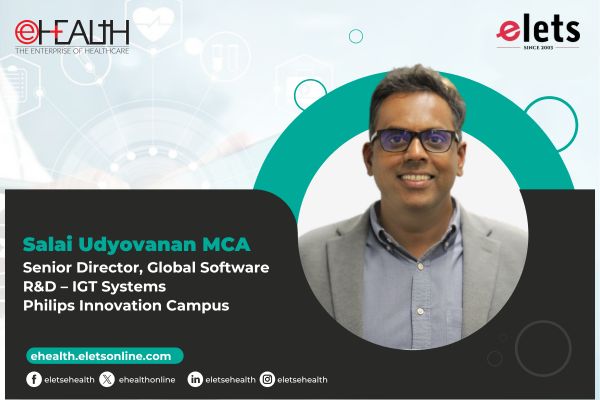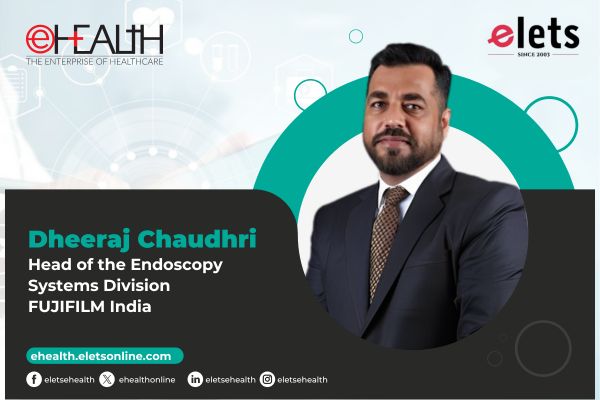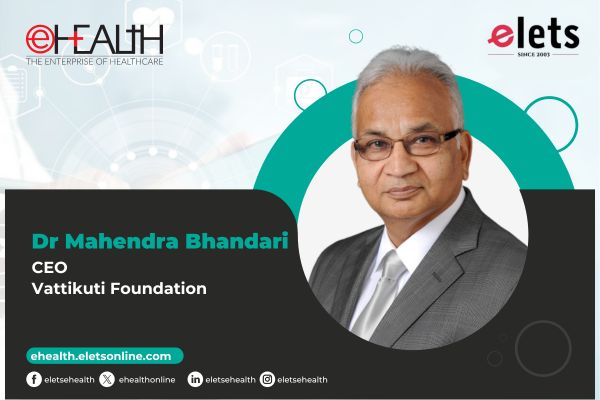
Dr Abhinav Jain, Professor and Head of Department, Hamdard Institute of Medical Sciences and Research (HIMSR) talks about the growth of the radiology & imaging sector in the country.
What are the factors fuelling the growth of the Radiology & Imaging sector in the country?

India is passing through a massive transformation from fighting for basic healthcare to high precision treatment. Most complex transplant surgeries and medical treatments are being conducted in India. Imaging forms the backbone of healthcare advancement. Evidence-based medicine relies heavily on diagnostic images.

The technological advancements, right from patient workflow, image acquisition, image transfer, and image interpretation have all come a long way in a short time. Whether it is radiography, ultrasonography, CT, MRI, mammography; Fluoroscopy or interventional radiology, digitalisation has turned the tide for imaging. With digitalisation, workflow became smoother and access to images became easier. The quality of images has improved by leaps and bounds, thus enhancing diagnostic confidence.

Improved IT networking has also made it possible for access to quality imaging in remotely located areas of the country. Today, with the help of teleradiology, lots of peripheral areas of the country are enjoying quality reporting and solutions to complex cases by experts. Not only this, radiology education has seen a transformation with a large image based post-graduate repository making it possible for every postgraduate radiology resident to get access to the rarest of cases and enhanced learning.

How do you see the future outlook for the Radiology & Imaging sector in the country?
The future of the radiology and imaging sector will be one with greater expectations and higher demands. The imaging is progressing from morphological assessment to functional imaging. The expectations from radiologists are increasing day by day.
Non-invasive, in vivo tissue diagnosis is something that will form the future basis of radiology technology. Advanced spectroscopy, tensor imaging, functional imaging , targeted therapy with nano particles, body diffusion and spectroscopy, etc are all a move in this direction.
Artificial intelligence, which we see in its primitive form today, is set to evolve in a big way. Primarily, AI will help the radiologist to streamline the workflow, assist in prolonged monitoring, do away with mundane jobs of measuring various structures, and most importantly assist the technicians to acquire the best images from the machine.
Soon every part of the country will have access to reasonable imaging care at a reasonable cost given the development of assisted imaging and comprehensive IT enablement of these remote setups. This will not only ease the burden on the limited population of radiologists but ensure optimal care for the masses.
Another big leap will be the development of super & sub specialties in radiology. With the increased demand for precision imaging, it is foreseen that the radiologist will restrict to one specific target work area rather than the whole body, all modality imaging specialists.
What are the technological advancements that have enabled the Radiology & Imaging segment to widen its expanse in the country?
The biggest advancement as mentioned earlier is that of digitalisation. Today almost all departments across the country have adapted to digitalisation. This has opened doors for quality and assisted diagnostics. The images are easily transmissible and post processing of images allows for higher diagnostic confidence.
The other advancement is IT enabling. The development of PACS and other remote access services are allowing the radiologist and referring physicians to get the maximum out of the scans. The old school method of teaching film has also been replaced by an image repository on PACS/ institutional teaching networks.
Today AI might not be seen as a disruptor, but soon it will be. Thanks to digitalisation, the huge database of images have enabled data scientists to collaborate with clinicians to develop required convolutional neural networks and AI-based algorithms to facilitate that diagnostic precision. Not only this, AI is supporting widening the expanse of imaging by facilitating the image acquisition and workflow in remotest areas that never had access to imaging facilities. Today the dream of healthcare for all seems to be coming true, at least in diagnostic imaging!
Be a part of Elets Collaborative Initiatives. Join Us for Upcoming Events and explore business opportunities. Like us on Facebook , connect with us on LinkedIn and follow us on Twitter , Instagram.
"Exciting news! Elets technomedia is now on WhatsApp Channels Subscribe today by clicking the link and stay updated with the latest insights!" Click here!
















